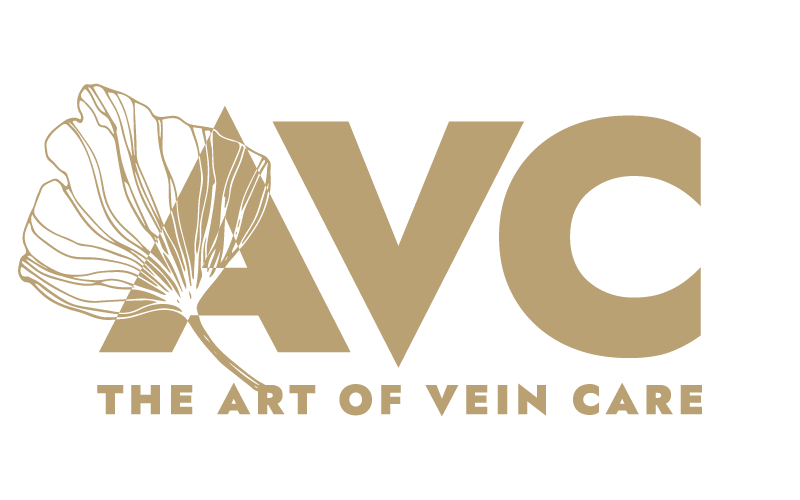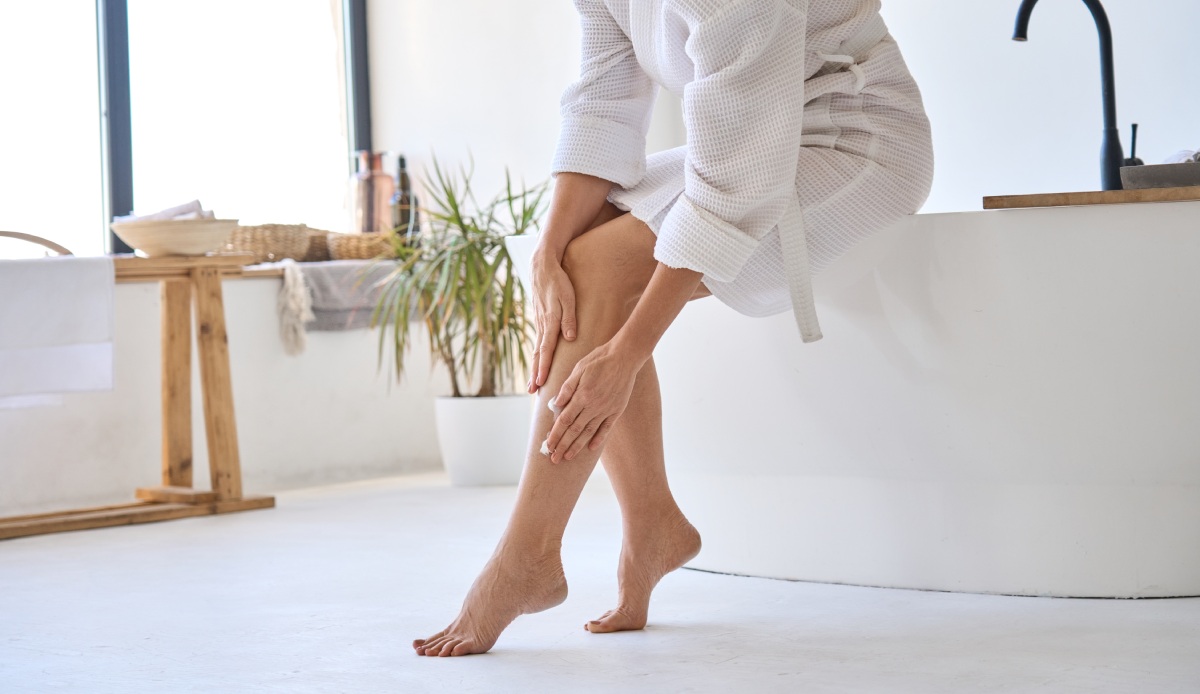Pregnancy veins? Unsightly spider veins? Painful veins and achy legs?
When it comes to vein treatments, what may be a good fit for one patient is not always for another.
Here Dr Melanie Sung, from The Art of Vein Care Canberra offers the low-down on common vein treatments.
Accuvein
AccuVein is a near-infrared (NIR) laser device that displays a real time image of the veins on to the surface of the skin through a bright green image projection.
With AccuVein, doctors can see superficial veins not visible to the naked eye.
This enables doctors to visualise the superficial vasculature especially around the spider complexes to look for feeding veins. It is also used during procedures to accurately locate the non-visible veins for injections. This in turn, leads to better-informed decisions, improved needle placement, and enhanced patient care.
Pros
– Portable, fast, precise, views veins in real time
– Good to assess spider veins and the feeding vein network below
– Good for sclerotherapy of spider veins and the associated reticular veins
– Works for all skin tones
Cons
– Shows all superficial veins but does not tell you which ones are the problematic ones
– Only shows up veins up to 10mm below the surface of the skin.
Best for
– Spider veins and the feeding reticular veins
Not suited for
– More serious vein disease or deeper veins
Ultrasound Guided Sclerotherapy (UGS)
This a method of injecting sclerosant e.g sclerotherapy with ultrasound guidance.
With ultrasound guidance, doctors can have a real time image of the veins and can accurately guide the needle and inject the hidden abnormal veins whilst overseeing the process on the ultrasound monitor.
It also allows the doctors to see how the sclerosant flows through the vein.
After injection, the ultrasound allows the doctors to assess the effectiveness of the injection.
Pros
– Allows direct monitoring the effects of each injection
– Ensures safety of all adjacent structures, improves accuracy of injections, improves efficiency
– Can be used to treat different sizes of problematic veins, sometimes including truncal veins.
Cons
– More time consuming, requires access to ultrasound machine
– Requires compression wear after treatment
Best for
– Most vein conditions either as primary treatment modality or as an adjunct treatment to endovascular thermal ablation
Not suited for
– People who have spider veins only without obvious feeding vein on ultrasound.
Endovascular Thermal Ablation (Radiofrequency or EVLA Laser)
This is minimally invasive treatment that uses heat or thermal energy via a specialised catheter inserted into the disease vein to destroy the disease veins responsible for the vein issues. The catheter is removed afterwards.
It is a highly effective minimally invasive treatment for chronic venous insufficiency, which is the cause of spider veins, varicose veins and most other vein problems.
Pros
– Minimally invasive so no major excision, general anaesthesia, hospitalisation or open surgery
– Comfortable with minimal side effects, negligible risks
– Highly effective with minimum recurrence
– Efficient and no down time after treatment
Cons
– Negligible risks of skin and nerve injuries due to thermal energy
– Requires short-term compression therapy
Best for
– Almost all patients with large varicose veins with deeper hidden vein issues
Not suited for
– Smaller spider or reticular veins; people unable to have short term compression therapy or compression stockings on; small recurrent veins after previous surgery
Glue Treatment
Another minimally invasive procedure to treat diseased veins by placing a very small amount of medical super glue ie the cyanoacrylate glue into the vein through a small catheter. It can be used on its own to seal veins, or with sclerotherapy procedures.
Pros
– Effective, relatively quick, comfortable, no down time
– Minimally invasive, minimal side effects and risks
– Does not require tumescent local anaesthesia around the affected veins
– No risk of skin or nerve damage associated with heat-based procedures
– May not require short term compression
Cons
– Small risk of allergic reactions especially in people especially with a history of acrylate allergy.
– Not suited for very large veins
Best for
– Most people with varicose veins with deeper hidden vein issues as an alternative to EVLA or radiofrequency ablation
– May be used for recurring new veins after precious surgery not able to be treated with other modalities
Not suited for
– Spider or reticular surface veins, patient with certain allergy history, or very large veins
Compression
– Compression means applying external pressure to affected areas to improve venous and lymphatic drainage, reduce swelling and improve blood flow.
– Compression can be achieved using bandages, stockings, in certain circumstances, intermittent pneumatic compression pump.
Pros
– Can treat a wide range of conditions including oedema, lymphoedema, lipoedema, venous insufficiency
– It can also be used post-varicose vein procedure to prevent or reduce complications such as deep vein clots or inflammations of vein walls etc.
– It is non-invasive; can be customisable
– Also helps prevent blood clots when travelling
Cons
– Uncomfortable in hot weather
– Difficult to put on
– Expensive (some private insurance companies may cover the cost of the compression garments)
– May cause skin irritations such as jock itch, pruritis, eczema
– Often has poor patient compliance especially in warm weather
– Stockings will need to be replaced regularly a few times a year and can be costly in the long term.
Best for
– People who want only conservative treatment for their veins.
– Use after vein treatments – immediate/short-term post procedure
– People at risk of blood clots when travelling
– To assist circulation in immobile patients
Not suited for
– Patients with certain medical conditions such as peripheral arterial disease due to poor circulations.
– Patients with active skin infections or open wounds may also not be suitable as it can cause worsening of infections.
To find out what treatment is ideal for your vein condition please email us today at info@theartofveincare.com.au or call 1300 834 622.

